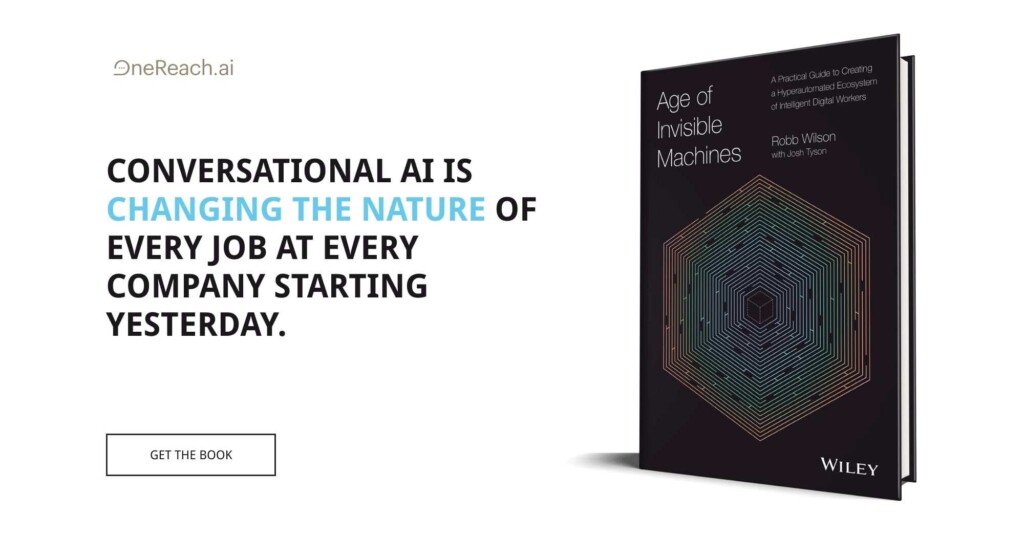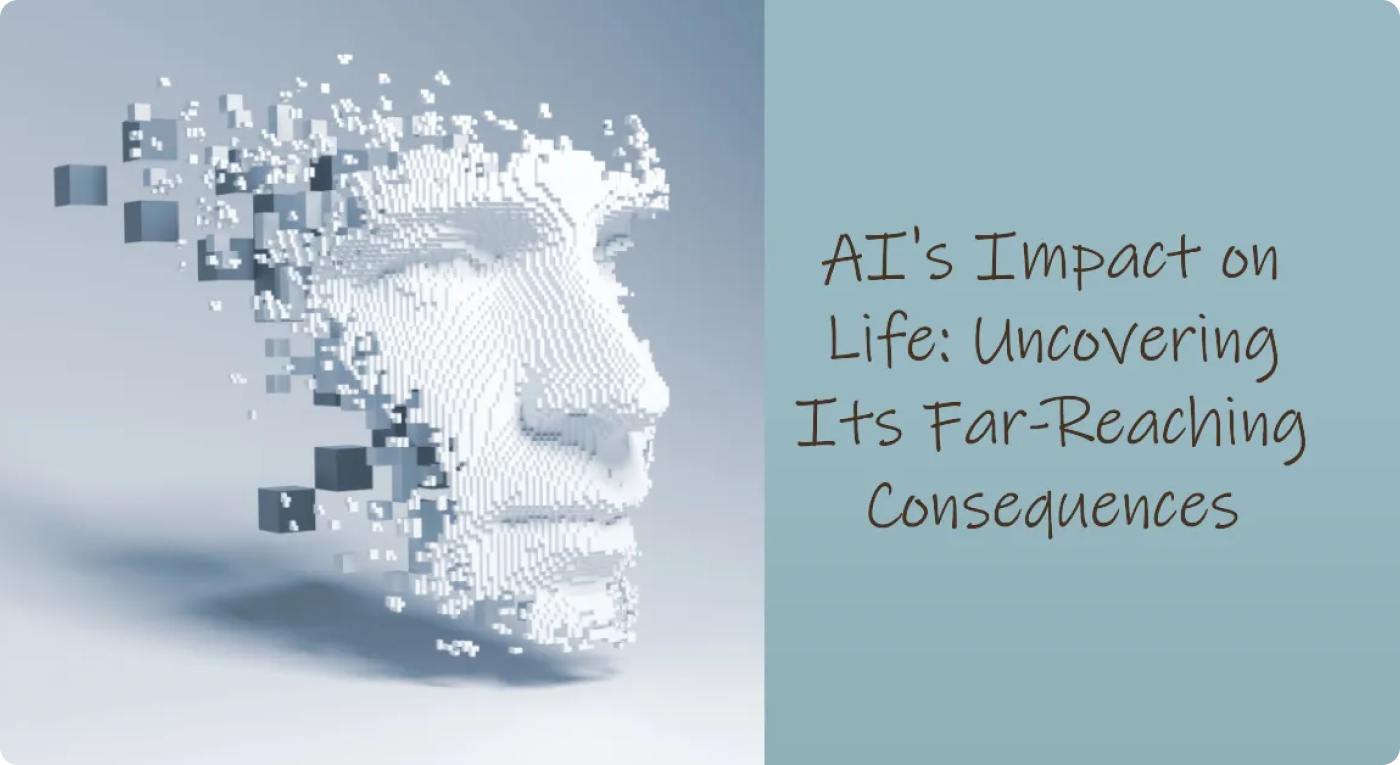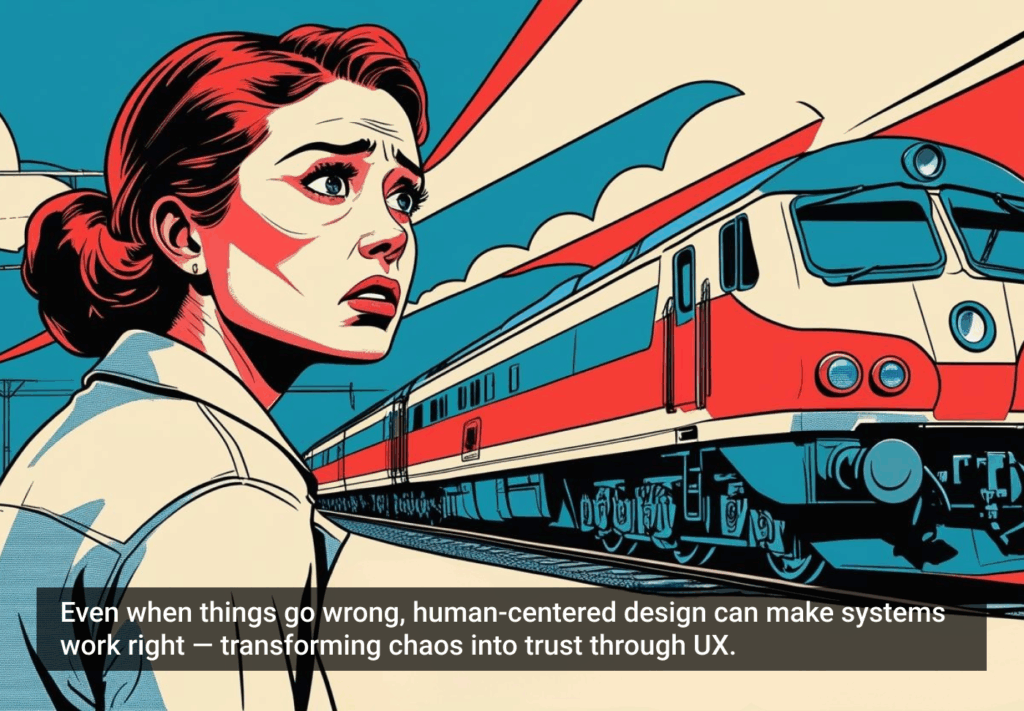I’ve tried my best, even asked the machine, but could not lay my hands on the complete list of industries/sectors where artificial intelligence (AI) has been deployed so far. I’ve managed to put together this:
- Banking and Finance
- Media
- Retail
- Entertainment
- Data Analytics
- Manufacturing
- Healthcare
- Energy
- Aviation
- Space
- Supply Chain
- Construction
- High Tech
- Telecommunications
- Pharmaceuticals
- Sales
- Marketing
- Defense
By no means this is an exhaustive register. The point I make is: AI is everywhere. And I am willing to bet the boat; there’s scarcely an industry where AI has not already created an ingress.
Now scroll up and find out whether the sector you work in figures on the list. 99% it does. That’s how invasive AI has become. Picture a jelly blob or an octopus enveloping Mother Earth.
Yet, most of us remain blissfully unaware of the ramifications. Yes, sometime in the past few months, you probably had a colleague or your spouse telling you about this “miraculous” new tech called “generative AI”. Sure, that was a jaw-dropping moment and may have taken you to the ChatGPT website or to the new Bing. If you were a writer like me, you would have panicked. If you were a marketer like me, you would have cursed the machine. As for the rest, most of you would have returned to your daily lives with the thought: bah, just one more new technology.
The brain-numbing mumbo jumbo that accompanies all tech is what really puts us all off. Tech is never easy — to make, deploy, talk of, or sell. Most of the world’s successful tech companies are not those who developed the best tech but those who managed to apply it successfully in our day-to-day lives, simplifying the messaging in the bargain. Getting from the lab to the market can be an arduous and painful journey, hence always the talk of who’s more important — the back or the front-end team.
Here’s some housekeeping, and I shall keep things as simple as possible and funny. But it is necessary since this is the very first newsletter, and you need to be minimally aware, at the very least.
Generative AI is NOT the ONLY AI. It is a sub-field of AI and has gotten popular very quickly because of the exciting options it offers. And because its developer, “OpenAI” thought it was great to go public with this tech without thinking about the implications. Or consequences.
I will try to keep it simple: AI can be categorized based on 2 things: capability and functionality. If you were to look at AI capabilities, there are 3 types:
- Narrow (limited)
- General (for most)
- Super AI (beyond humans)
Narrow AI is designed to handle a specific task.
General AI can mimic human functions and handle complex tasks.
Obviously, we’ve not reached the Super AI category which hypothetically will surpass human intelligence (maybe they have in the labs, who knows?).
But if you were to look at AI according to its functionalities, there are four types of AI:
- Reactive machines (a very simple form of AI. Have no memory to fall back on, and they react, not question.)
- Limited Memory Machines (can store data temporarily so are able to make decisions using the past (memory).
- Theory of Mind (very advanced AI that can understand and exhibit emotions, beliefs, and consciousness.)
- Self-aware AI (only living in Hollywood films for now. Possesses its own consciousness and self-awareness. Will have a sense of “self” like humans.)
Still here? Great! Okay, so if you were to see the capabilities and functionalities, generative AI falls somewhere between Narrow AI-moving on to General, or in the Limited Memory Machines (LMM) category
But since this newsletter is not really about AI tech but its (human) life-altering consequences, let’s move on.
Do you know what’s the great thing about AI, besides the technology? It’s a profession unifier — it’s brought together in its development, people from all disciplines — IT, computer science, neuroscience, medical doctors, technologists, microbiologists, physicists, anthropologists; also philosophers, psychologists, and humanities scholars. (I may have missed out on some.) And that, my dear reader, gives you an idea of how IMPORTANT this tech is.
AI will impact not only your job/income source (if it has not already done so) but the way you think, the way you work, the way you have sex, your sleep, the way you fight, the food you eat, the way you are treated for mental and physical ailments; it will impact your self-worth.
IT WILL AFFECT ALL HUMANS AND ALL OF HUMANITY. FOREVER.
The ONLY advantage that Man has over Animals is intelligence, the human brain and the mind.
Now, the computer (hardware) and software (algorithms+models), plus the human brain may eventually give birth to the sentient “Artificial” Intelligence, capable of feeling and sensing. Which means:
MAN WILL NOT BE THE ONLY “INTELLIGENT” THING ON EARTH. A MACHINE MAY SOON BE BETTER THAN HIM.
AI is the last invention made by humans. After this, every invention will be by a machine.
What will the human-AI journey be like? Is it game over for people? Or is generative AI the first step in that journey that may end in the total annihilation of humankind? Or will the Machine learn to co-exist with Man? Or the other way around? Like humans learned to live with creatures of lesser intellect, like the dog or the chimpanzee?
I don’t claim to have the answers. But as a chronicler of all things tech, I can only try and understand what the involved parties — the companies, the researchers, the scientists — are up to; talk to the experts, listen to what they have to say, what they prophesize; and act as a conduit between them and you. Break down the jargon into easily digestible nuggets of information. And before you swallow, also help you ruminate.
Together, we shall go on this journey — from here to AI — marking milestones in the world of employment, ethics and morality, and research. I shall tell you about some interesting things like machines going sentient, of AI hallucinating, the unpredictable abilities emerging from AI models, and why it is wrong to depict AI in an anthropomorphic way (looking like metal copies of human beings).
Stay tuned.









